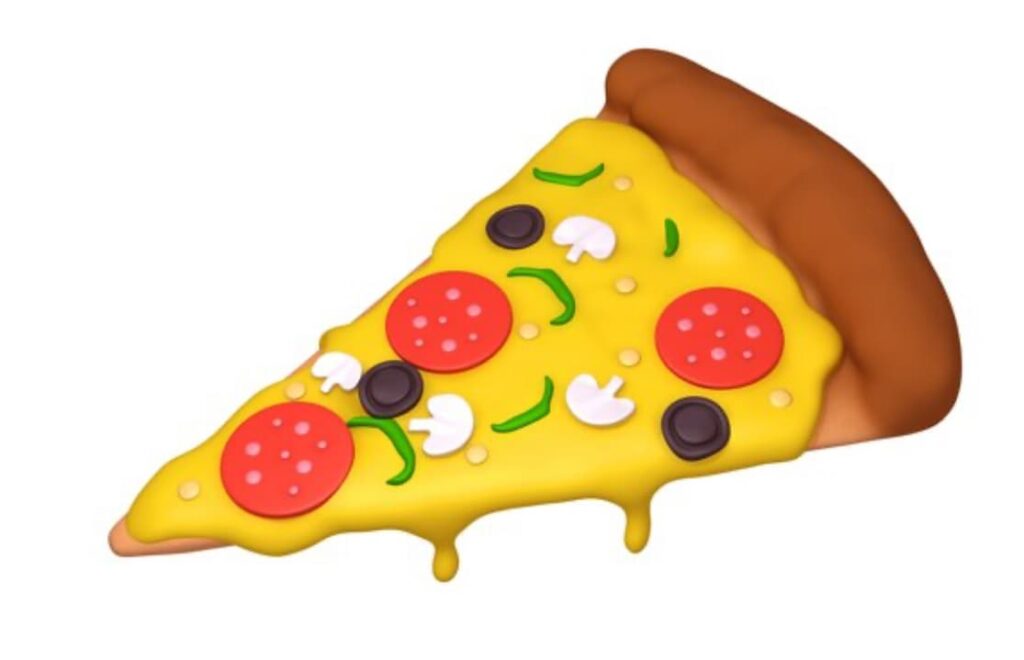The world of 3D printing is ever-expanding, seamlessly transitioning from the creation of inanimate objects to the culinary arts. This technology’s versatility showcases an incredible potential that spans across various materials and now, into the realm of food.
Celebrating National Pizza Day with a Twist
National Pizza Day brings together pizza aficionados of all kinds, from those who cherish the classic cheese pizza to those who dare to top theirs with pineapple. It’s a day that highlights the inclusivity of pizza, offering something for everyone, including those with dietary restrictions.
The Diverse Ways to Enjoy Pizza
The pursuit of pizza enjoyment is not one-size-fits-all. Many prefer the quick and easy supermarket options, while others relish in the gourmet experience provided by restaurants or the personal touch of a homemade pizza. Yet, an emerging trend offers a new way to experience this beloved dish: 3D-printed pizza.
The Rise of 3D-Printed Food
The future of 3D-printed food is poised for exponential growth, signaling a transformative phase in the intersection of technology and gastronomy. With projections indicating a leap to a $15.1 billion industry by 2031, the landscape of culinary arts is set to undergo a significant revolution. This anticipated growth not only underscores the potential of 3D printing in revolutionizing food preparation but also highlights its role in advancing sustainable and personalized dining experiences. The evolution of 3D-printed food encapsulates several key points:
- The anticipated market surge to $15.1 billion by 2031, reflecting growing consumer interest and technological advancements;
- The integration of 3D printing with culinary innovation, offering new avenues for food customization and creation;
- The potential to significantly alter consumer habits, moving towards more sustainable and efficient food production methods;
- The expansion of dietary options, catering to diverse preferences and nutritional needs through precision and customization;
- The role of 3D printing in enhancing food accessibility and creativity, allowing for the exploration of new textures, shapes, and flavors;
- The implications for the food supply chain, potentially reducing waste and improving food distribution;
- The promise of 3D-printed food in contributing to environmental sustainability by minimizing the carbon footprint associated with traditional food production and transportation.
From Space Food to Gourmet Pizzas: The Journey of 3D Printing
Initiated by companies like BeeHex, the journey of 3D-printed food began with transforming astronauts’ meals into palatable options for space missions. This venture quickly transitioned to the commercial realm, introducing the Chef 3D, a printer capable of creating pizzas in any shape or form, tailored to the consumer’s desires.
The Unique Appeal of 3D-Printed Pizzas
3D-printed pizzas offer a novel dining experience, allowing for customization that goes beyond the traditional. These pizzas are not only efficient and clean but also maintain a consistent quality, potentially reshaping the future of fast food
Expanding the Menu: Beyond Pizza
The capabilities of 3D printing in the culinary world extend beyond pizza, encompassing a wide range of baked goods and even meat alternatives. This innovation offers a healthier and more sustainable option for meat consumption, supported by the rise of companies like Redefine Meat.
The Future of Food Preparation
As 3D printing technology evolves and becomes more accessible, the possibility of replacing conventional ovens with food printers in households becomes increasingly plausible. This advancement could revolutionize the way we prepare and enjoy food, making the process more efficient and personalized than ever before.
Conclusion
In conclusion, the trajectory of 3D printing technology from creating inanimate objects to edible food items illustrates a remarkable evolution. This innovation not only offers a futuristic approach to food preparation and consumption but also heralds a new era in culinary arts where creativity meets technology. As 3D printing becomes more accessible and integrated into our daily lives, it promises to transform our dining experiences in unprecedented ways. The journey from traditional to 3D-printed food encompasses:
- The limitless potential of 3D printing across various domains;
- The growing popularity and acceptance of 3D-printed food;
- The significant advancements in customizable food options;
- The potential for a sustainable and healthier future in food consumption;
- The exciting prospect of household 3D food printers becoming commonplace.
